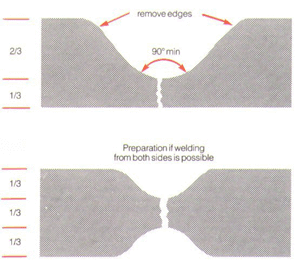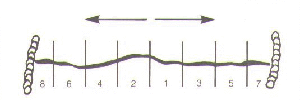JASIC ARC PFC MODELS
Jasic have just launched the Jasic Arc 180 PFC and Jasic Arc 200 PFC models. The models replace the already popular Jasic Arc 180 dual voltage and the Arc 200. If you are anything like me though, you are probably asking what is PFC and what’s the benefit?
PFC stands for power factor correction. Power factor correction is a complicated thing to explain and having read up about it, I wont even try. I will however try to summarise…… Power factor is a measurement with a value between 0 and 1. A standard power supply has a power factor of 0.7 – 0.75. A power supply with PFC has a power factor of 0.95 – 0.99. Anything above 0.8 is considered to be efficient. The bottom line being, a unit with PFC like the new Jasic machines are more efficient and more economical to run.
 The benefits don’t end with efficiency. The Jasic PFC models produce smoother welds when compared to their predecessors. The Jasic PFC models now have a wide input voltage range from 95V to 265V. The inverter welder senses the power input and adjusts accordingly to compensate. It means that PFC machines can be run on both 110V and domestic 240V supplies much like the previous Jasic Arc 180 dual voltage. However, the wide input voltage range means that the users welds will not suffer adverse effects if the power supply to the welder is weak or strong. You would think that all power supplies are the same, they are not. In the middle of a city for example, a domestic power supply through your homes plug may be 240V or more. In the country, the power supply may be lower, perhaps towards 220V. In fact, In the UK, the declared voltage and tolerance for an electricity supply is 230 volts -6%, +10%. This gives an allowed voltage range of 216.2 volts to 253.0 volts.
The benefits don’t end with efficiency. The Jasic PFC models produce smoother welds when compared to their predecessors. The Jasic PFC models now have a wide input voltage range from 95V to 265V. The inverter welder senses the power input and adjusts accordingly to compensate. It means that PFC machines can be run on both 110V and domestic 240V supplies much like the previous Jasic Arc 180 dual voltage. However, the wide input voltage range means that the users welds will not suffer adverse effects if the power supply to the welder is weak or strong. You would think that all power supplies are the same, they are not. In the middle of a city for example, a domestic power supply through your homes plug may be 240V or more. In the country, the power supply may be lower, perhaps towards 220V. In fact, In the UK, the declared voltage and tolerance for an electricity supply is 230 volts -6%, +10%. This gives an allowed voltage range of 216.2 volts to 253.0 volts.
So, put simply, Jasic PFC machines are more energy efficient than welding machines without. They also provide smoother welding characteristics and are suited for a range of power supplies. Jasic also now manufacture the MIG 200 PFC which unlike the others in the range, will run off both 230V and 110V supplies.
Find your perfect Jasic inverter on our website or contact us for more information.











